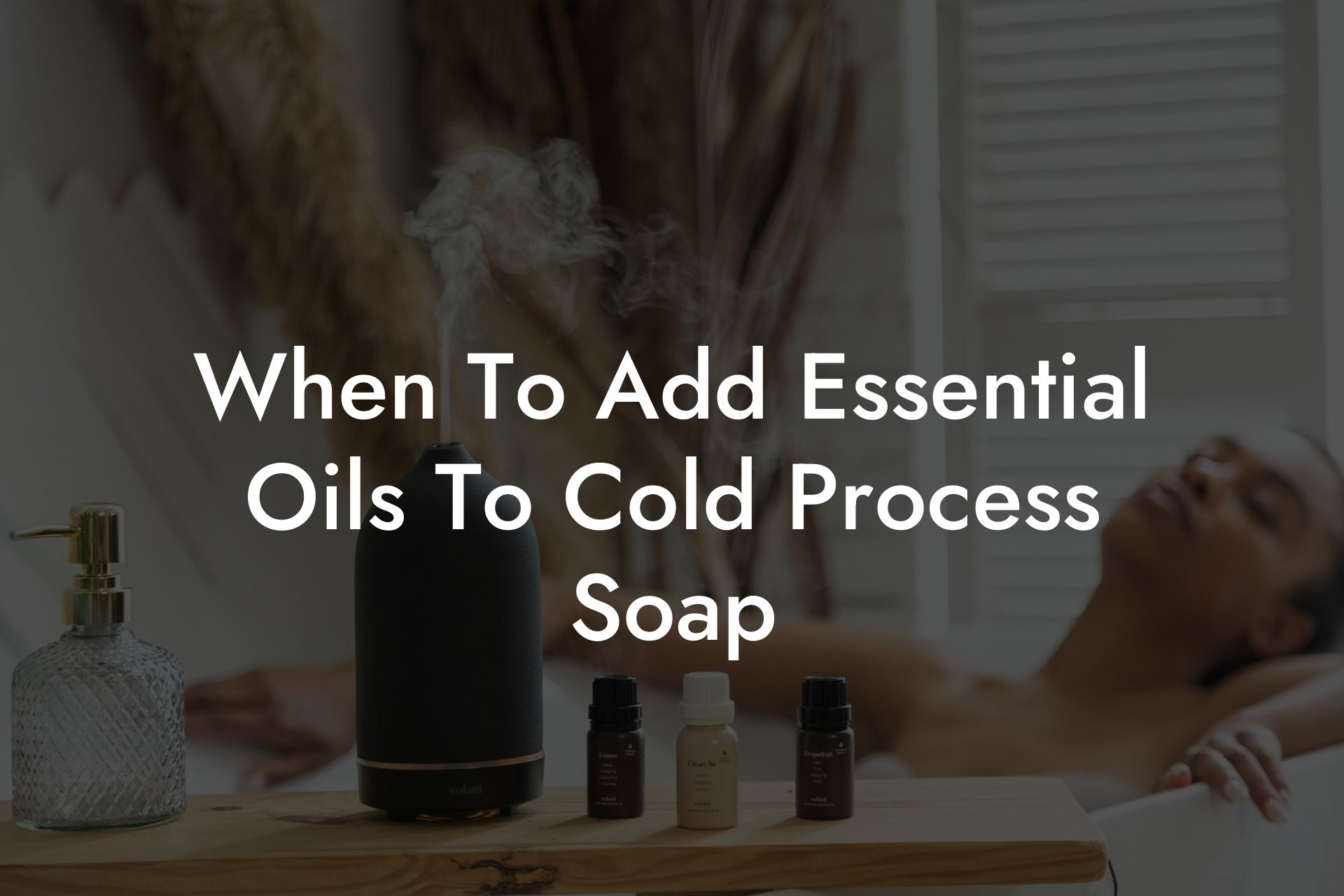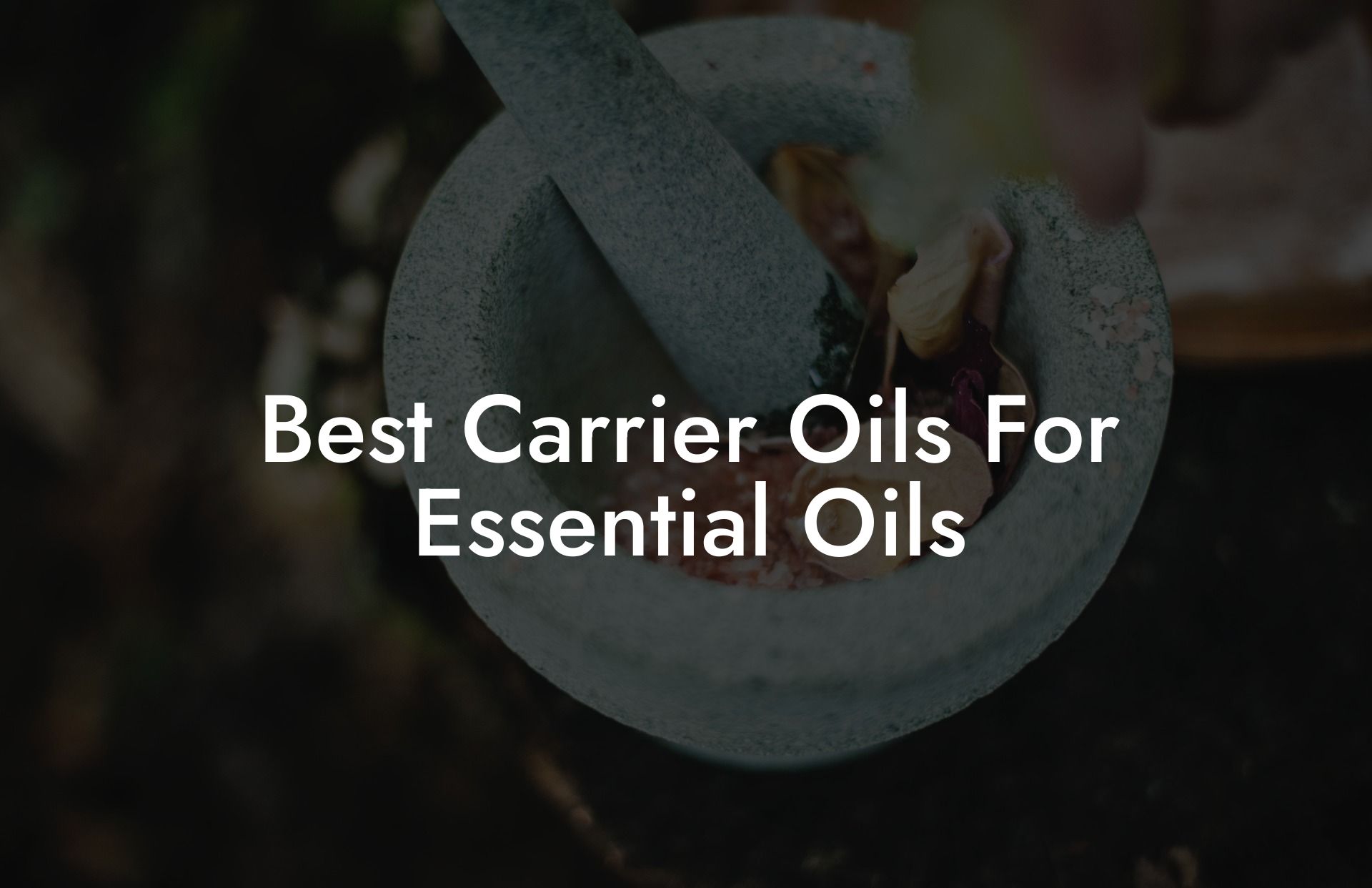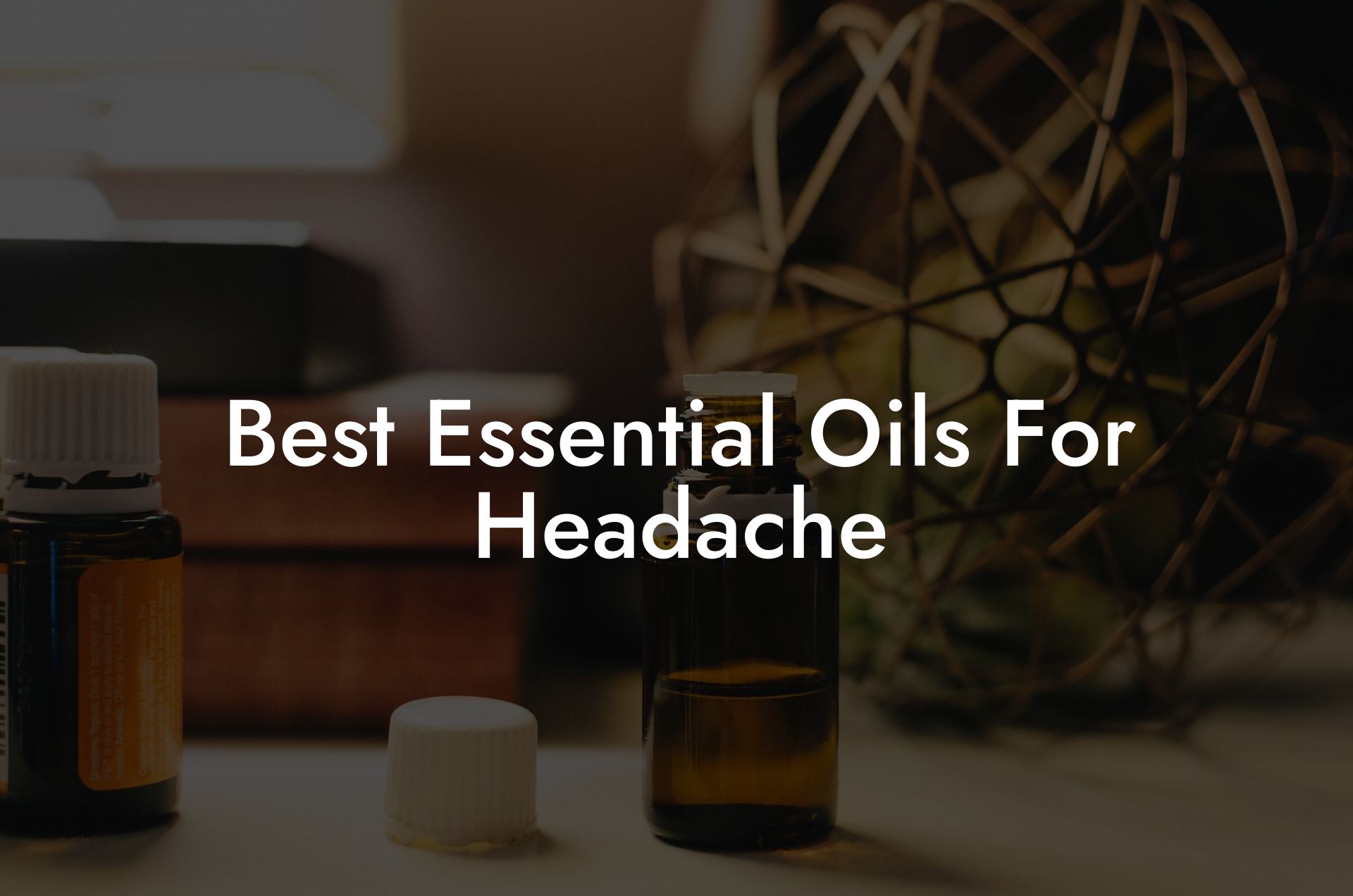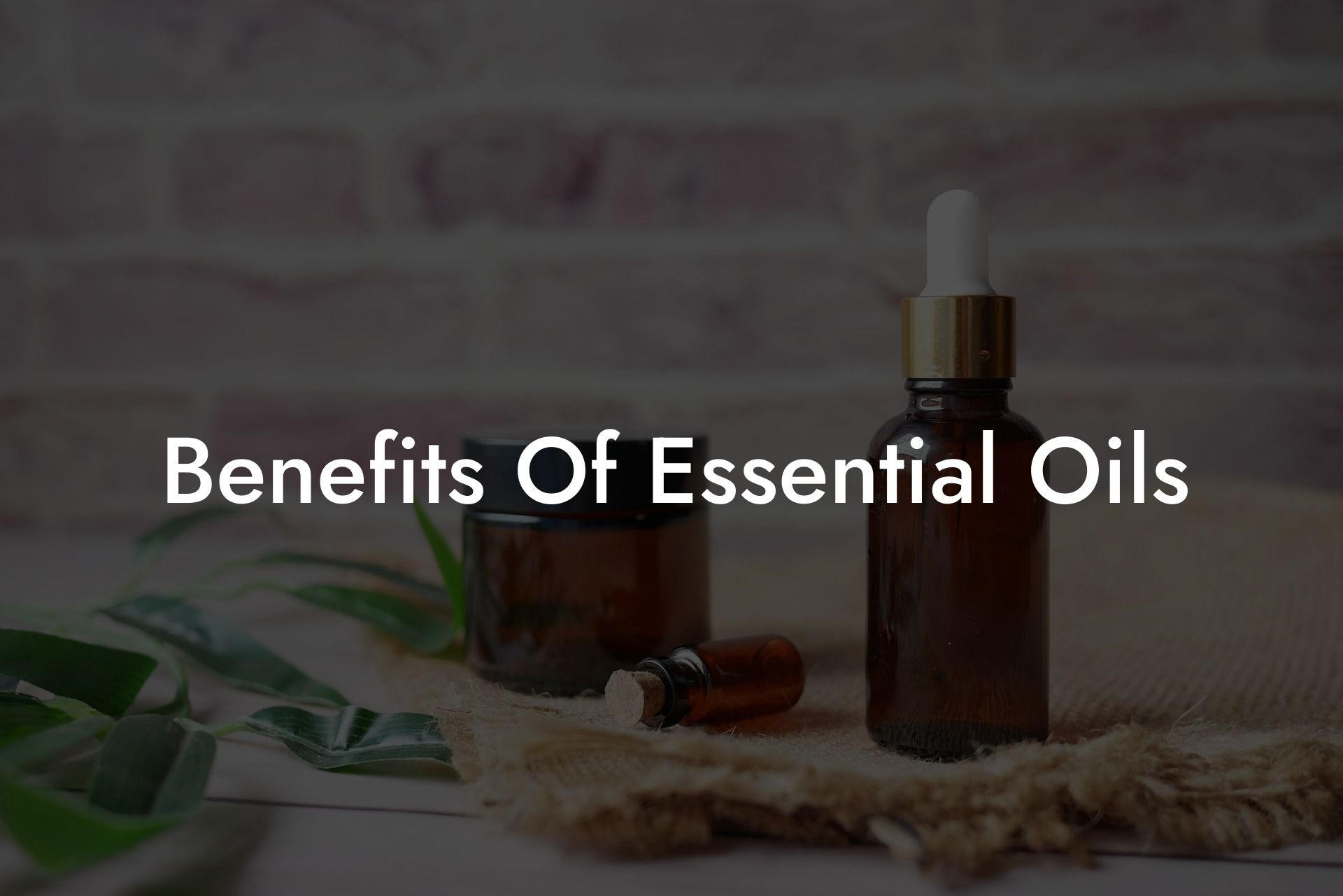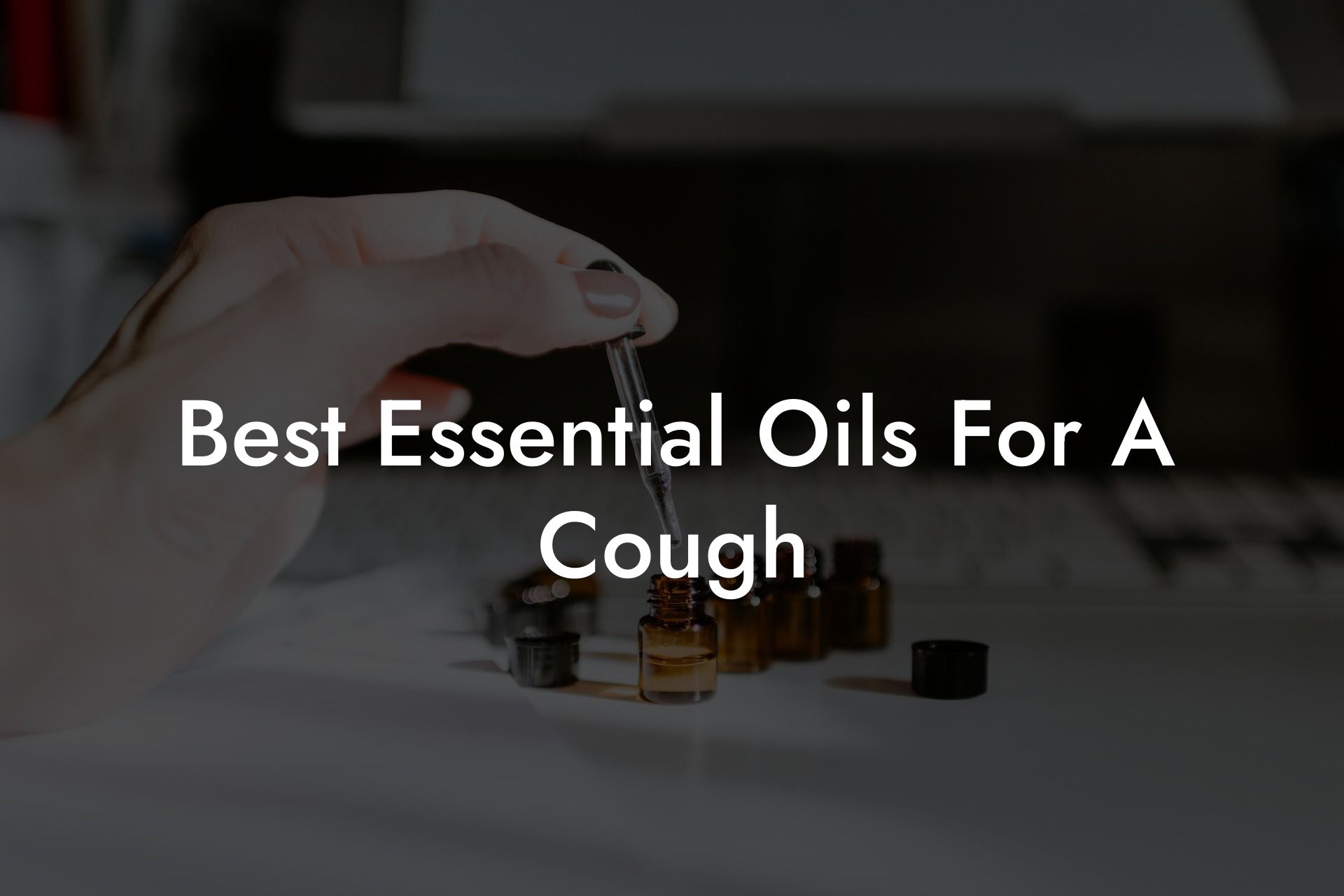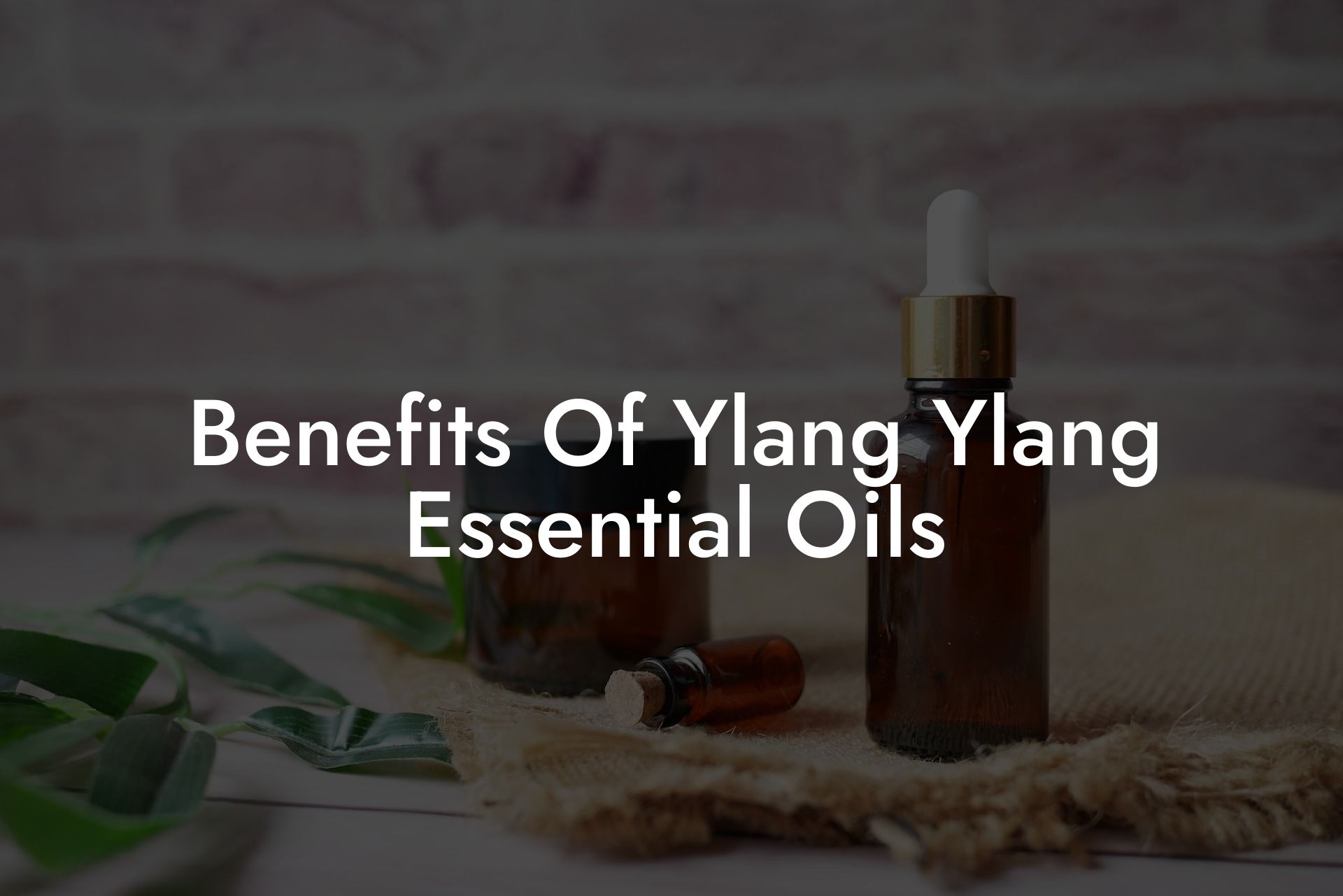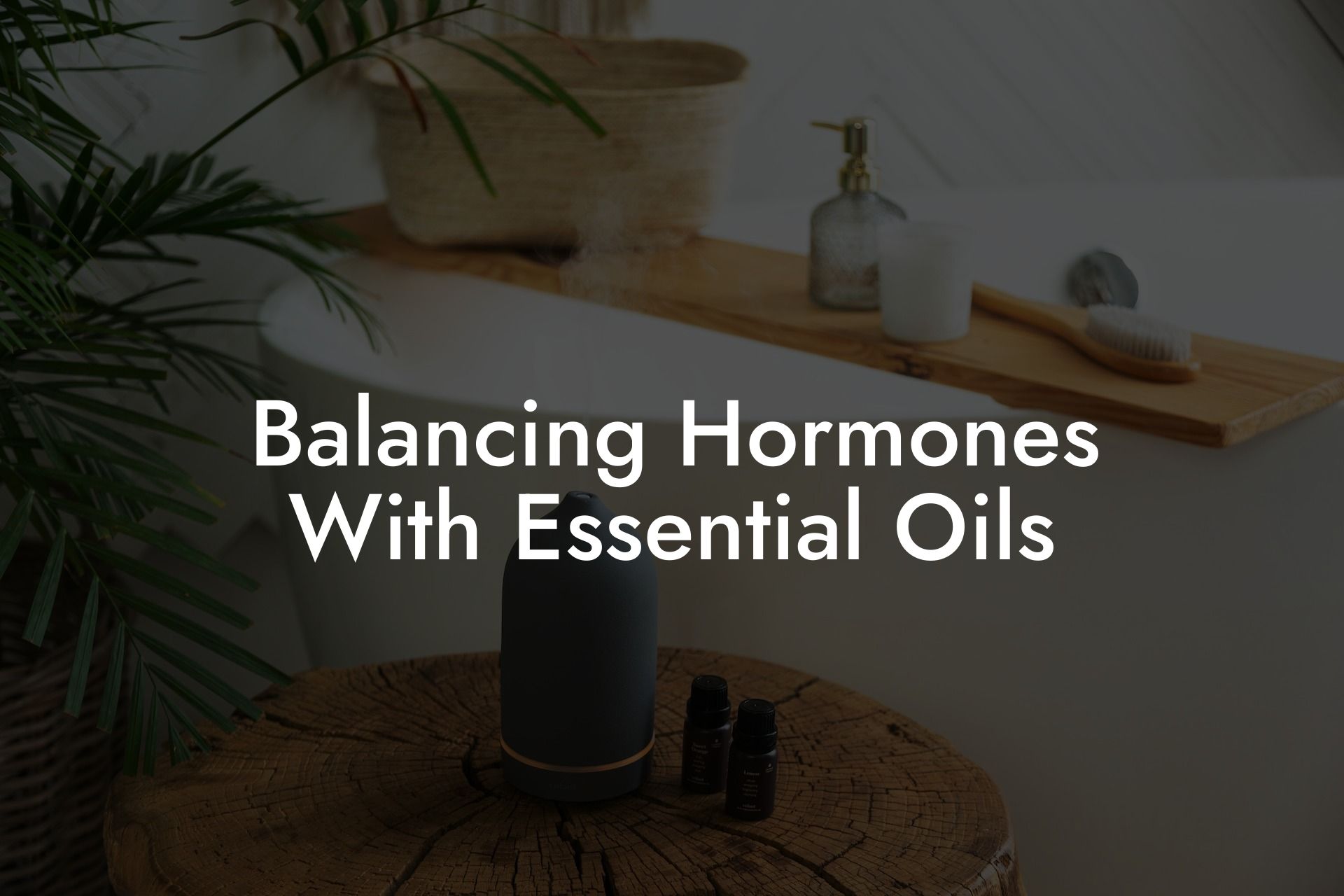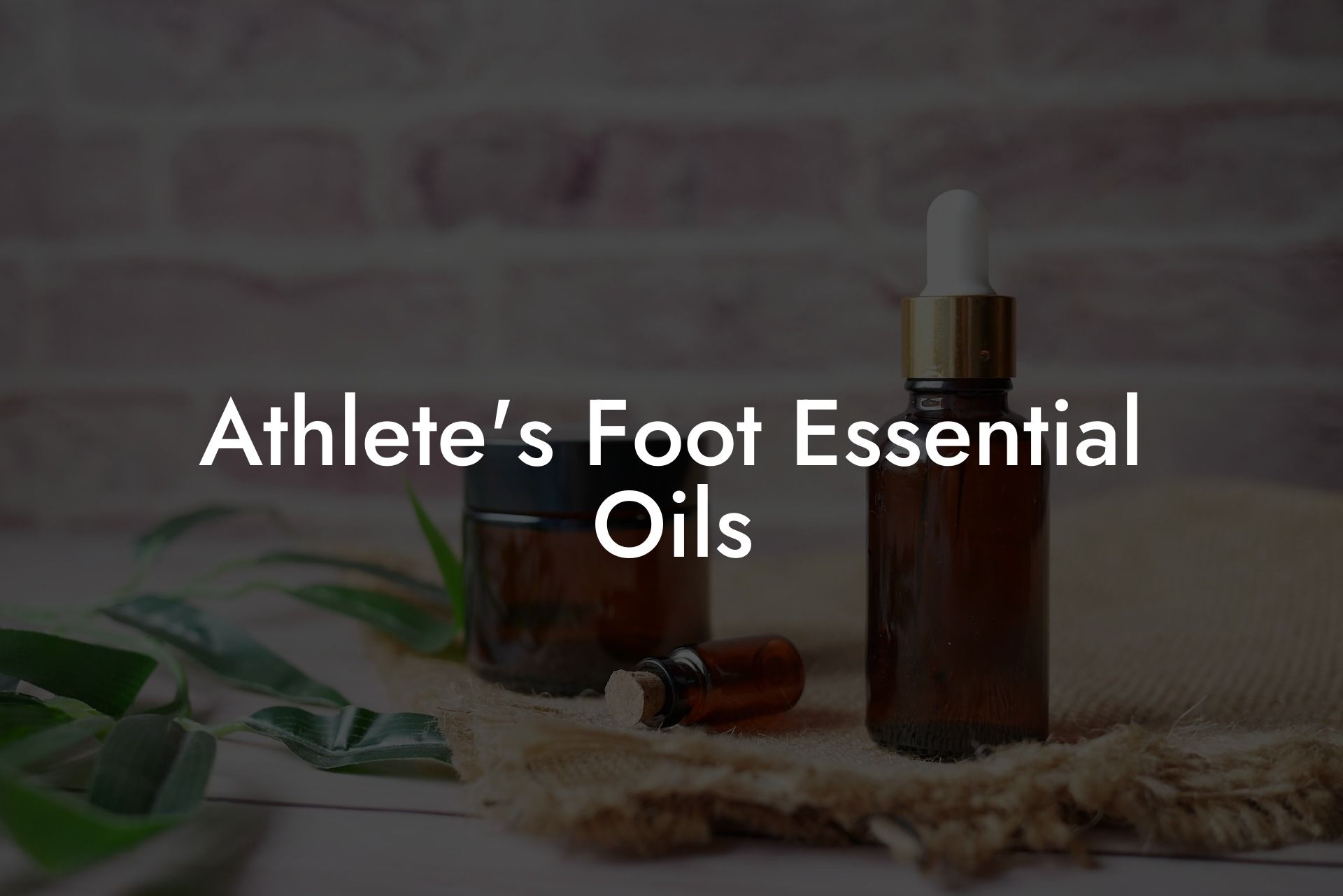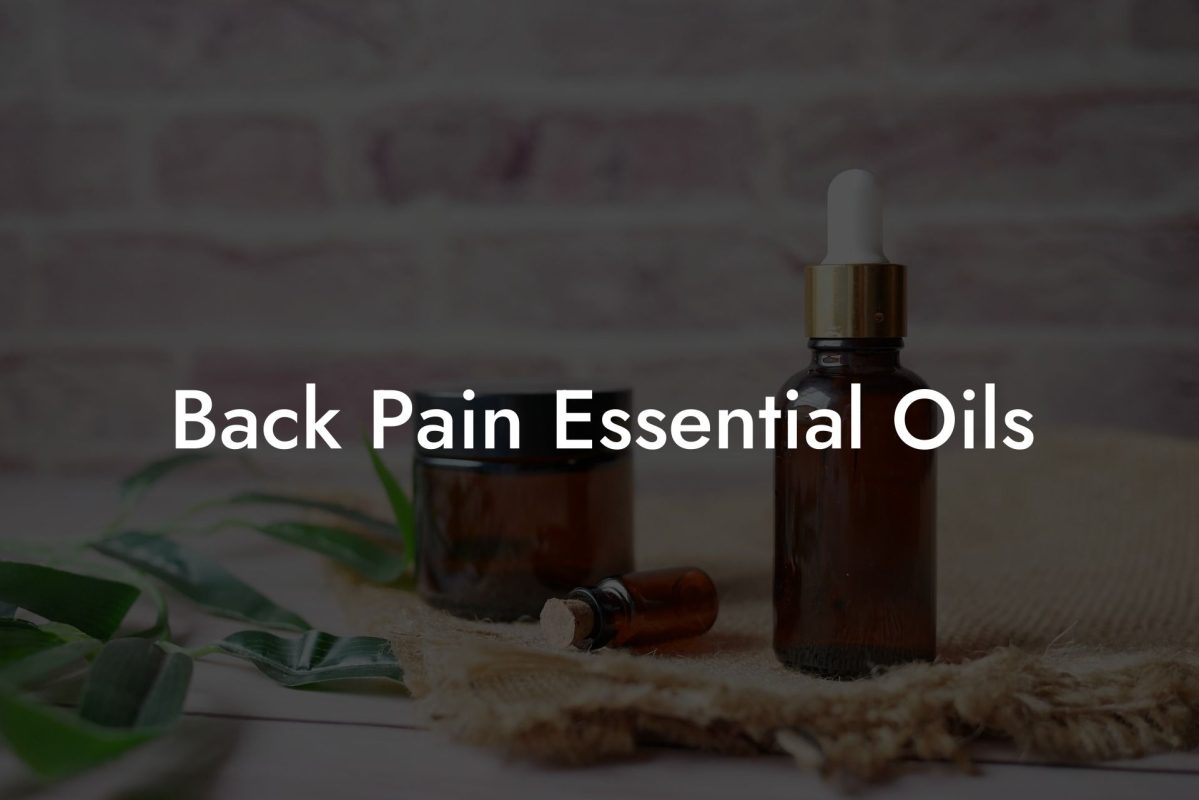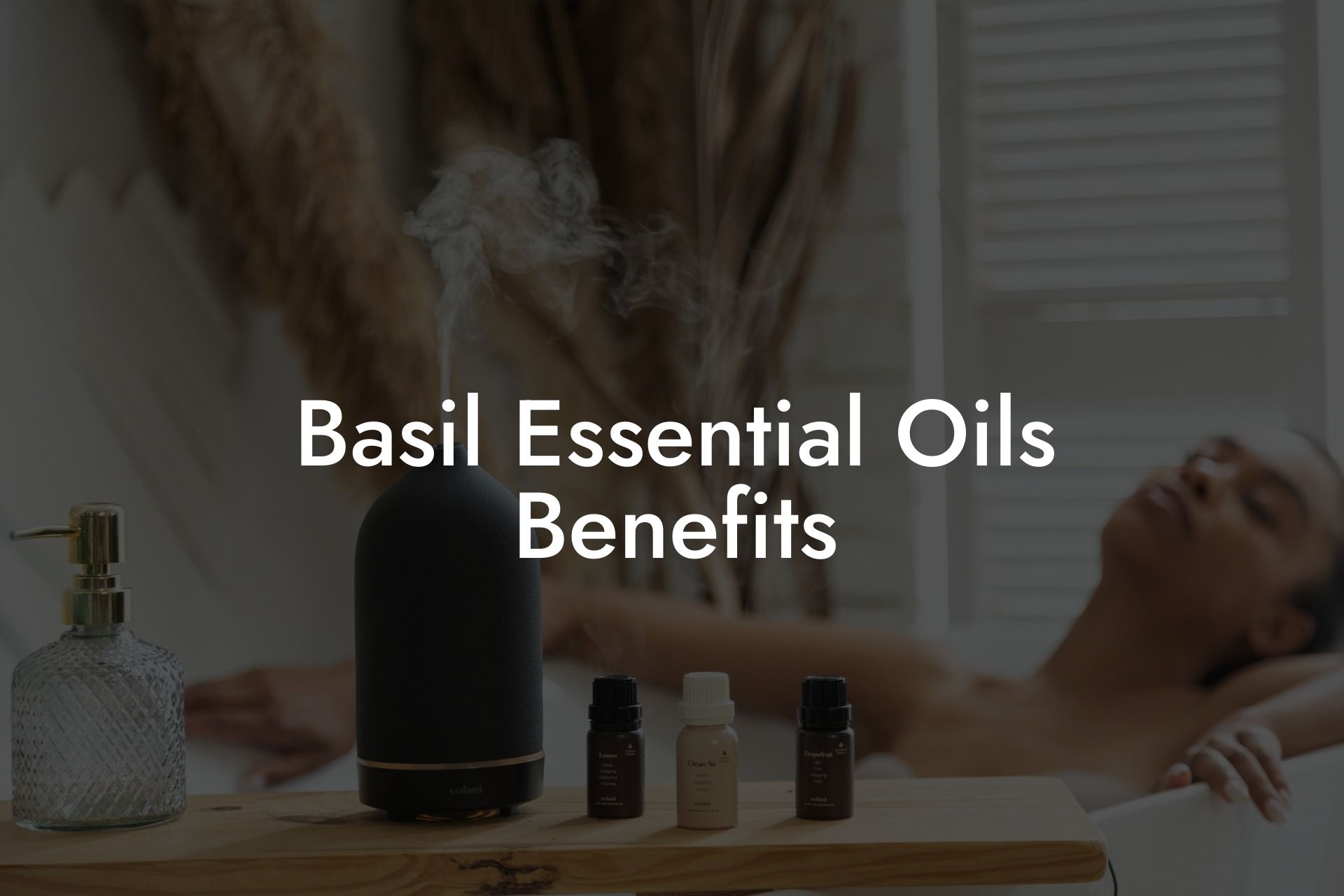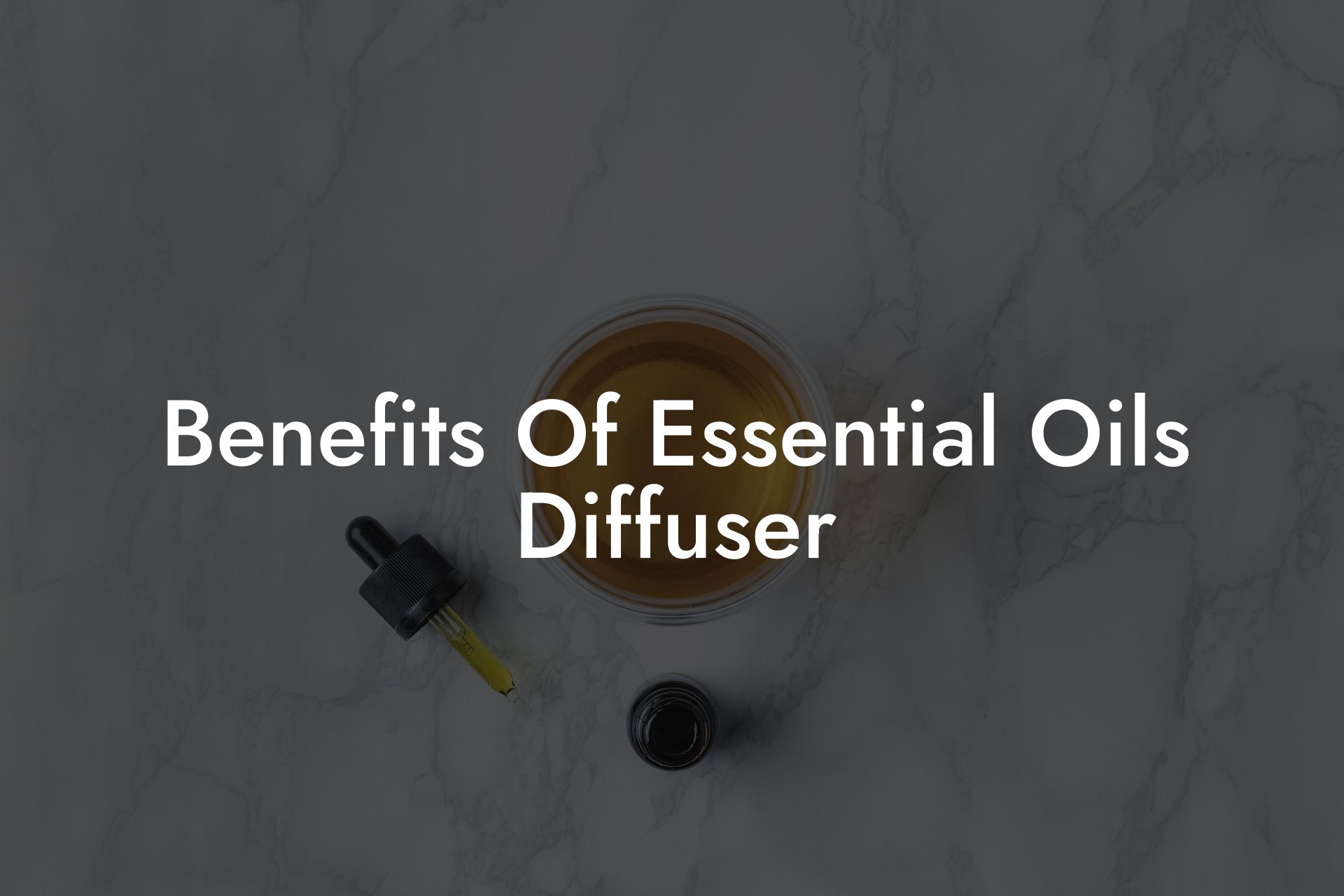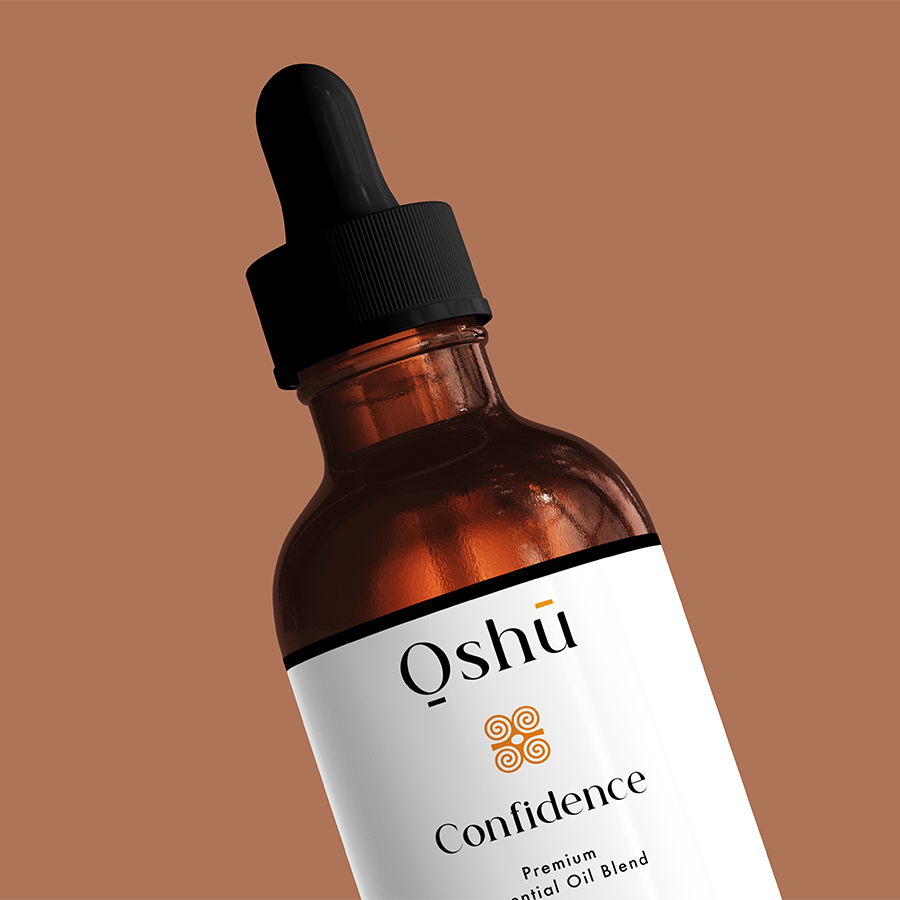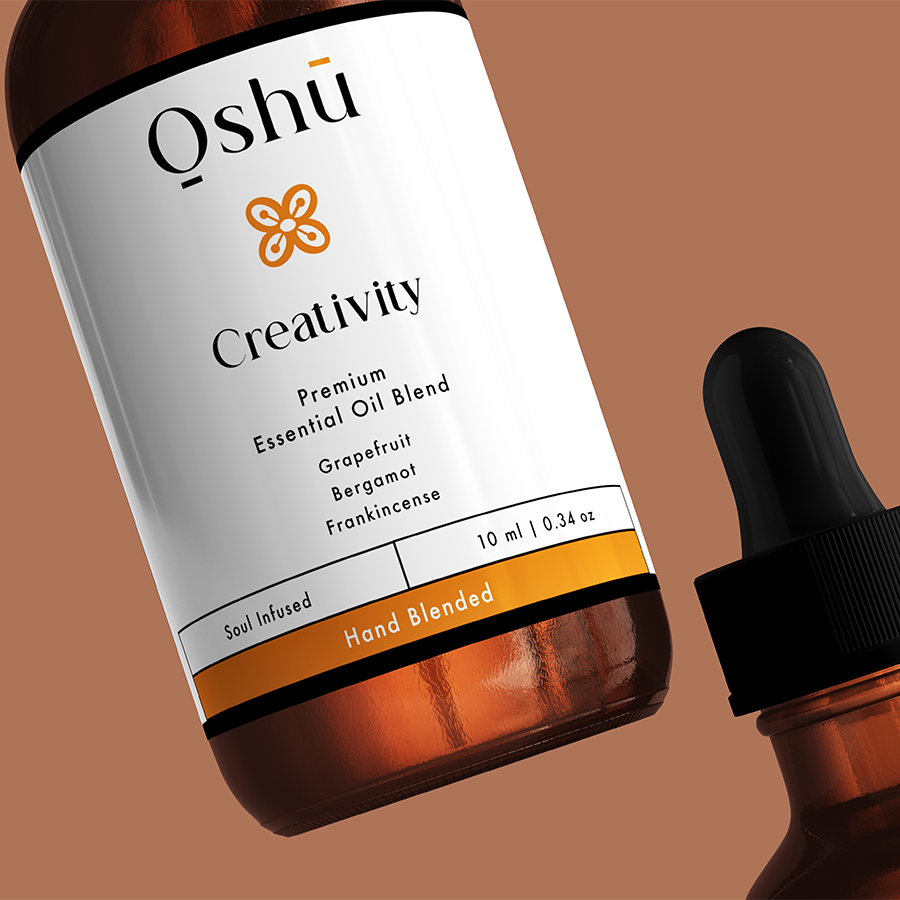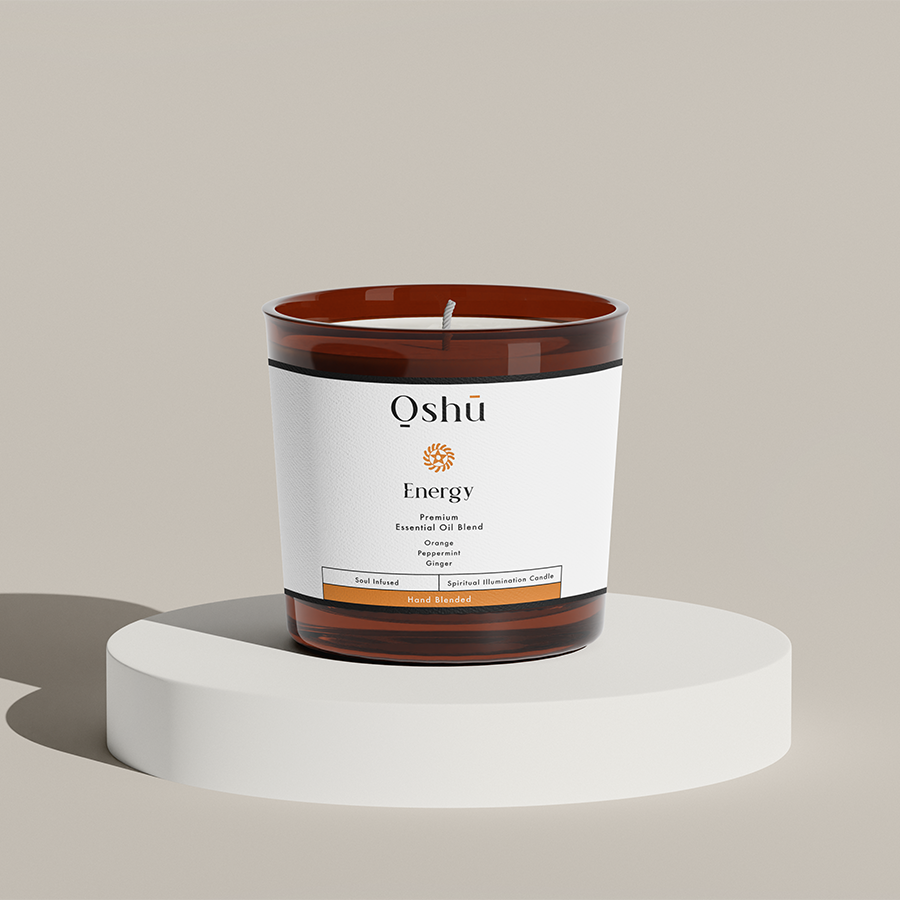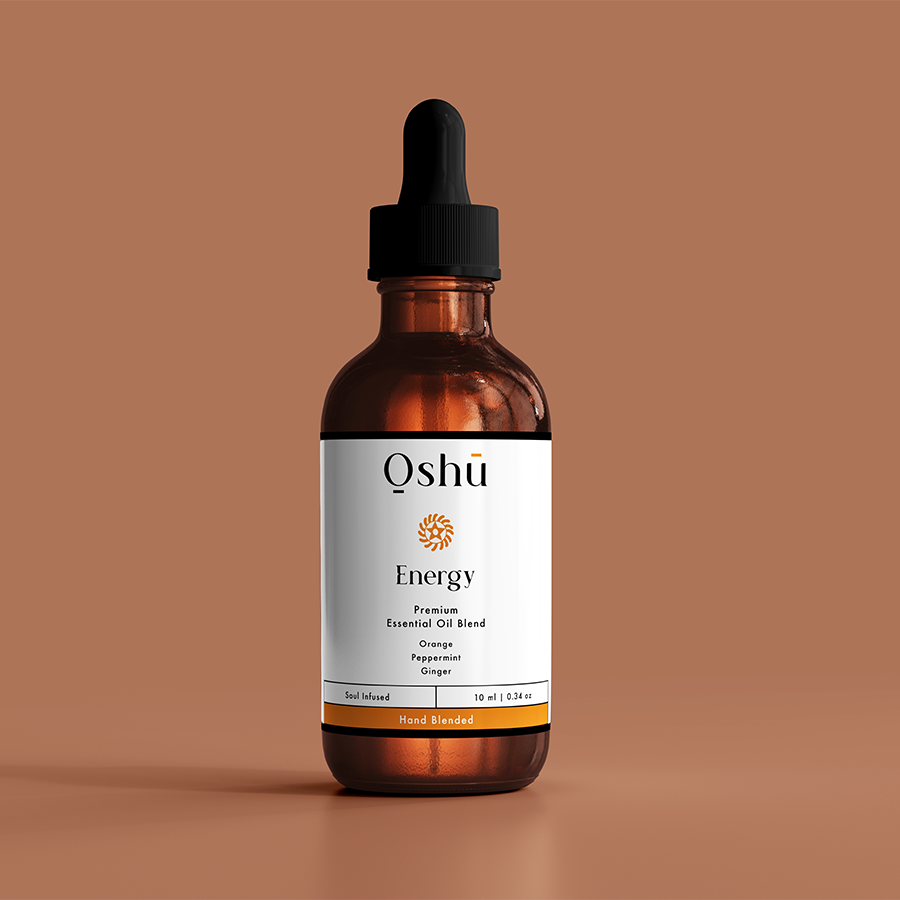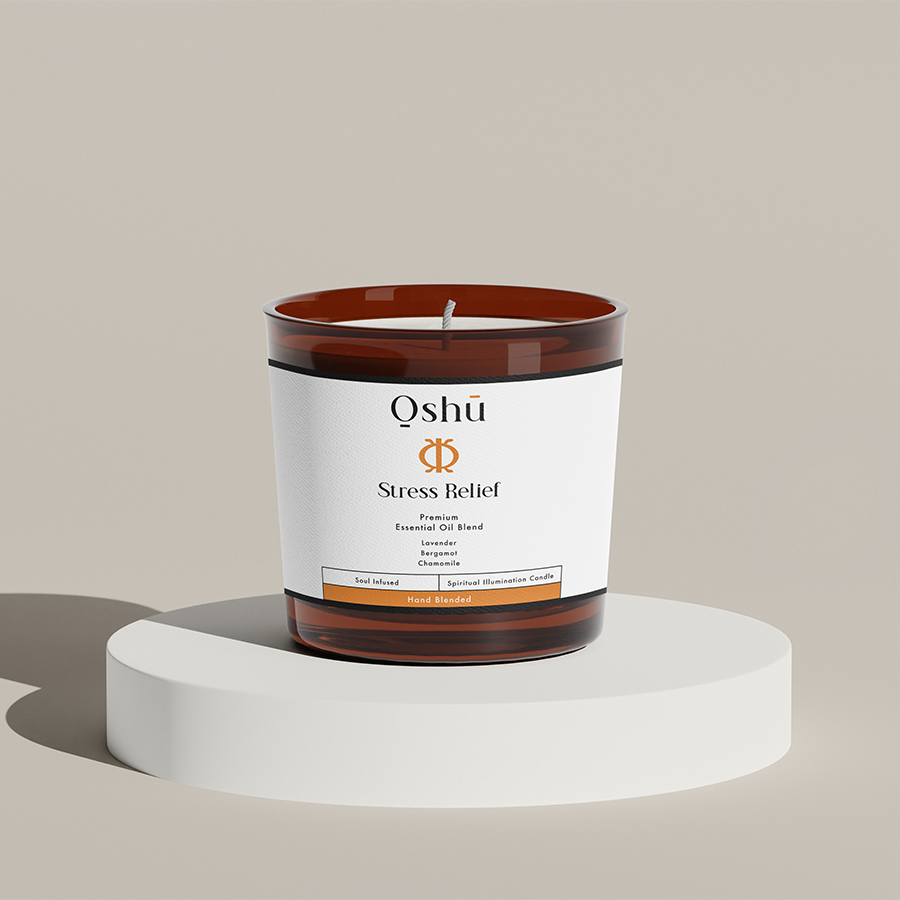If you’re a fan of handmade soaps and beauty products, you’ve likely heard of or even tried your hand at making cold process soap. This method allows for a great deal of creativity and customization in your soaps, and one of the most popular ways to personalize them is by adding essential oils. But when is the right time to add essential oils to cold process soap? Is there an optimal stage to ensure their full benefits? Let’s explore everything you need to know about incorporating essential oils into your cold process soap making journey.
Table of Contents
Understanding Cold Process Soap Making
Cold process soap making is a popular method among DIY enthusiasts and artisan soap makers because it offers a high degree of flexibility and room for creativity. For those new to this process, it involves mixing oils (like olive oil, coconut oil, and palm oil) with lye, a highly alkaline solution, and then waiting for the mixture to undergo a chemical reaction known as saponification.
It’s during the saponification process that the magic happens. The oils and lye combine to create soap, while the glycerin content of the oils helps form a moisturizing and nourishing bar. This process can take several weeks to complete, during which the soap hardens and cures.
The Importance of Essential Oils in Soap Making
Essential oils offer numerous benefits in soap making, both in terms of fragrance and their various therapeutic properties. They can impart soothing, invigorating, or relaxing qualities to your soap, depending on the specific oils you choose. Some popular essential oils for soap making include lavender, lemon, tea tree, and peppermint.
It’s important to note that essential oils are potent, and a little goes a long way. Take caution when handling them, and always follow the recommended usage rate for each individual oil.
When To Add Essential Oils
The ideal time to add essential oils to your cold process soap is shortly after the initial phase of saponification. Many soap makers choose to do this after reaching “trace” – the stage of soap making when the oils and lye have been mixed thoroughly, and the soap begins to thicken and resemble a pudding-like consistency.
At this crucial point, the soap is still fluid enough to mix in the essential oils, allowing for a good distribution of the fragrance and therapeutic properties. Additionally, waiting until trace ensures that the majority of lye has reacted, reducing the chance of your essential oils reacting with the remaining lye and losing their effectiveness or altering their scent.
Adding Essential Oils Safely
Before adding the essential oils, it’s vital to follow safety precautions. Diluting essential oils is a must, and you should always wear gloves and safety goggles when handling them. Additionally, consult the essential oil’s safety guidelines, as some oils (particularly citrus oils) can be phototoxic or skin sensitizing.
When To Add Essential Oils To Cold Process Soap Example:
Imagine you’re making a batch of lavender and chamomile cold process soap. You would take the following steps:
1. Prepare your oils and measure out the lye and water.
2. Slowly mix the lye into the water while stirring constantly, then allow the lye solution to cool to room temperature.
3. Heat the oils until they are melted and combined, then let them cool to room temperature.
4. Once both the lye and oils solutions are at the appropriate temperatures, slowly pour the lye solution into the oils, stirring constantly.
5. Blend the soap using a stick blender until it reaches trace.
6. At this point, add your diluted lavender and chamomile essential oils to your soap mixture and stir to combine, ensuring you’ve evenly distributed the oils.
7. Pour the soap mixture into a mold and insulate if necessary.
8. Allow the soap to cure for 4-6 weeks before using.
So, when it comes to adding essential oils to your cold process soap, patience is key. Waiting until trace ensures that the essential oils maintain their scent and therapeutic properties, producing a high-quality, fragrant bar of soap. With practice and some experimentation, you’ll create beautiful soaps that are not only visually appealing but also offer the soothing, rejuvenating, or invigorating benefits of the essential oils you’ve chosen. Don’t forget to share your creations with family and friends, and encourage them to experience the delight of handmade soaps by directing them to Oshu Oils for more guides and resources. Explore our essential oil range to find the perfect oils for your cold process soap making journey.

